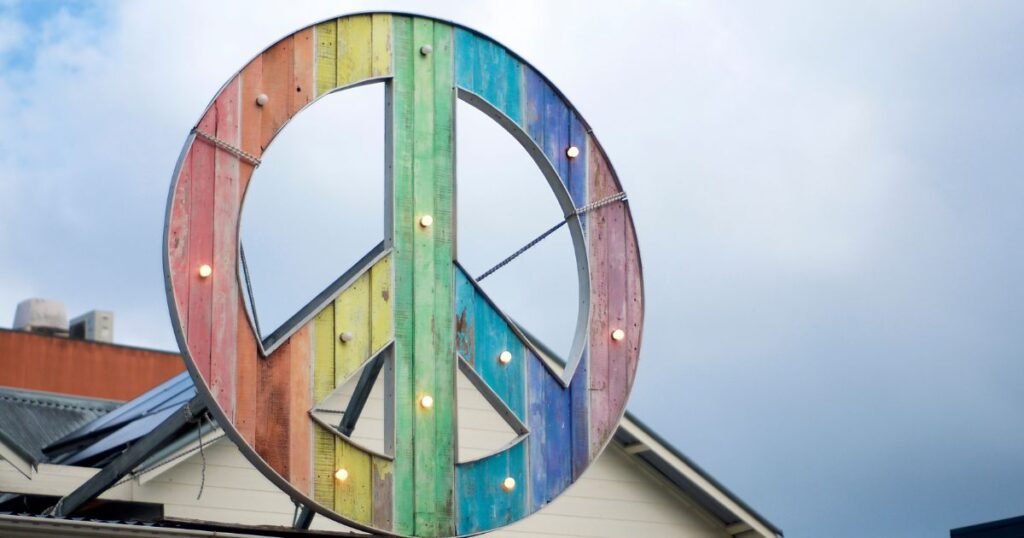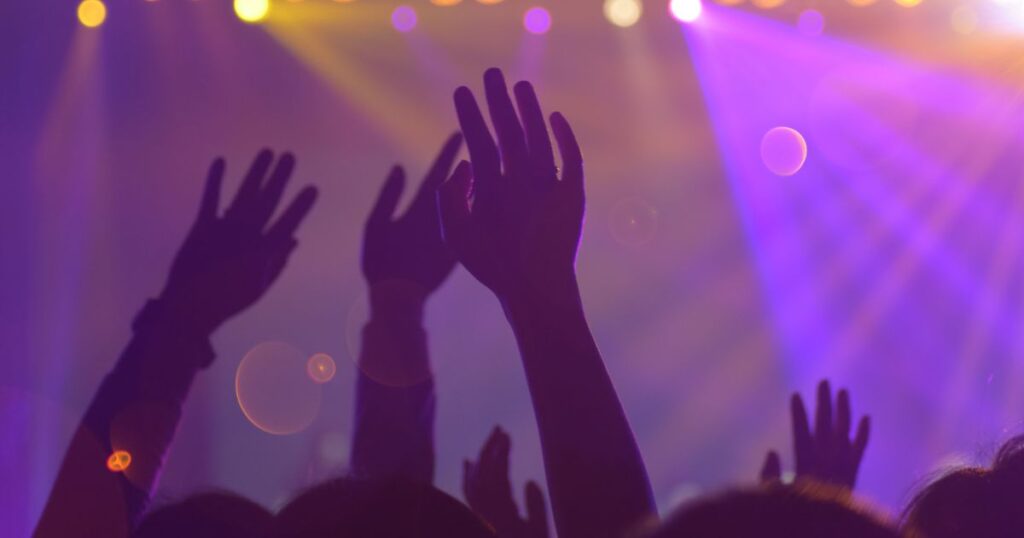In 1999, director Justin Kerrigan brought to the world ‘Human Traffic’, a film that, to this day, remains a cult classic. As someone deeply ingrained in the British rave scene during the latter part of the 90s, this review provides an authentic take on how the movie reflects and also diverges from the actual experience.
Contents
The Context
Kerrigan’s film deftly sets the stage for the 90s rave scene, demonstrating an understanding of the era’s zeitgeist. It accurately portrays the mix of excitement and uncertainty that was the week leading up to the main event: the rave.
The film’s characters – Jip, Lulu, Koop, Nina, and Moff – are perfect exemplifications of the many faces one could find in these pulsating scenes. The camaraderie, shared anticipation, and the wild abandon with which they journey through the weekend accurately mirror my experiences.
The Highs
Where ‘Human Traffic’ truly shines is in its depiction of the actual rave experience. The incessant beat of the music, the hallucinatory visuals, and the disorienting cacophony of lights, people, and emotions, all successfully capture the sense of exhilaration and community the rave scene fostered.
The film also gets major points for its authentic representation of the complex relationships between its protagonists, interspersed with spontaneous dialogues on life, love, and the universe – conversations that might seem trivial to outsiders but are quintessential to rave culture.
The Lows
On the downside, ‘Human Traffic’ falls short in portraying the darker side of the rave scene. The drug use, while accurately depicted, is shown without significant repercussions.
It tends to romanticize drug use, which, while an integral part of the scene, wasn’t without its pitfalls.
Furthermore, the film somewhat neglects the broader socio-political backdrop against which the rave scene emerged. The struggles with authority, the crackdowns on rave venues, and the overall anti-establishment sentiments that often characterized the culture are touched upon but lack depth.
The Soundtrack
The soundtrack is a rave enthusiast’s dream, teeming with tunes from the era’s electronic music giants like Fatboy Slim and Orbital. However, the film could have delved deeper into the underground sounds that were often the heartbeat of these events, making the musical narration feel somewhat mainstream.
Human Traffic’s Themes in Reality
How do the themes portrayed in Human Traffic relate to the UK rave scene in the 1990s? Let’s explore this…
One of the most significant themes ‘Human Traffic’ explores is that of social liberation, something inherently tied to the ’90s British rave scene.
Young people sought an escape from mundane, often low-paid jobs, socio-political dissatisfaction, and the harsh realities of urban life.
The rave scene represented this sanctuary.
The characters in ‘Human Traffic’, with their distinct backgrounds, converge in these underground spaces for a shared transcendent experience.
Just like in reality, the movie encapsulates the sense of collective freedom ravers sought in the anonymity and unity of these events.
Anti-establishment Sentiments
The 90s rave scene was, in many ways, a counter-culture. It was a rebellion against societal norms, capitalist consumption, and governmental control. ‘Human Traffic’ subtly portrays these sentiments through its characters’ lifestyles and conversations.
However, the film could have delved deeper into the constant cat-and-mouse game between the ravers and the authorities, which was a significant aspect of the reality at the time.
Drug Culture
‘Human Traffic’ doesn’t shy away from illustrating the role of drugs in the rave scene. Ecstasy, in particular, was synonymous with raves, credited for its euphoria-inducing effects that intensified the music and the sense of communal bonding.
In the movie, this is often depicted with a light-hearted touch, somewhat downplaying the very real risks and legal issues that surrounded drug use during this era.
Changing Relationships and Identity
The movie masterfully portrays the complexities of friendships, love, and identity within the rave context. It shows the fluidity of relationships and self-perception that were often accentuated in these spaces.
This reflects the reality of the rave scene, where the usual societal constraints could blur or dissolve entirely, leading to deep bonds, fleeting romances, and transformative self-realizations.
Conclusion
In essence, ‘Human Traffic’, despite its comedic leanings and romanticization of certain aspects, is an homage to the ’90s British rave scene. It encapsulates the essence of an era where youth sought liberation and identity in throbbing music, frenzied dance, and shared euphoria.
Through the lens of the film, we get a glimpse into a cultural phenomenon that left an indelible mark on a generation.
For those who were part of it, the movie serves as a nostalgic reminder; for others, it’s an insight into an ephemeral world that once pulsated beneath Britain’s urban landscape.
Despite its flaws, ‘Human Traffic’ remains a vibrant time capsule for the rave scene of the late 90s. It provides a glimpse into a world that was a source of escape, a place to lose oneself, and find oneself all over again. It is a reminder of an era characterized by a distinct sense of freedom and a powerful shared identity.
Even though it doesn’t cover all facets of the culture, it manages to capture the spirit that fueled the scene, making it a must-watch for any rave enthusiast – past, present, or future.
Through its depiction of transient relationships, eternal friendships, hedonism, and heartbreak, ‘Human Traffic’ is a testament to the ephemeral beauty of rave culture. It’s a love letter to the beats that moved us, the nights that shaped us, and the people we became in the face of the rising sun.
See also: “Groove” Movie Review


